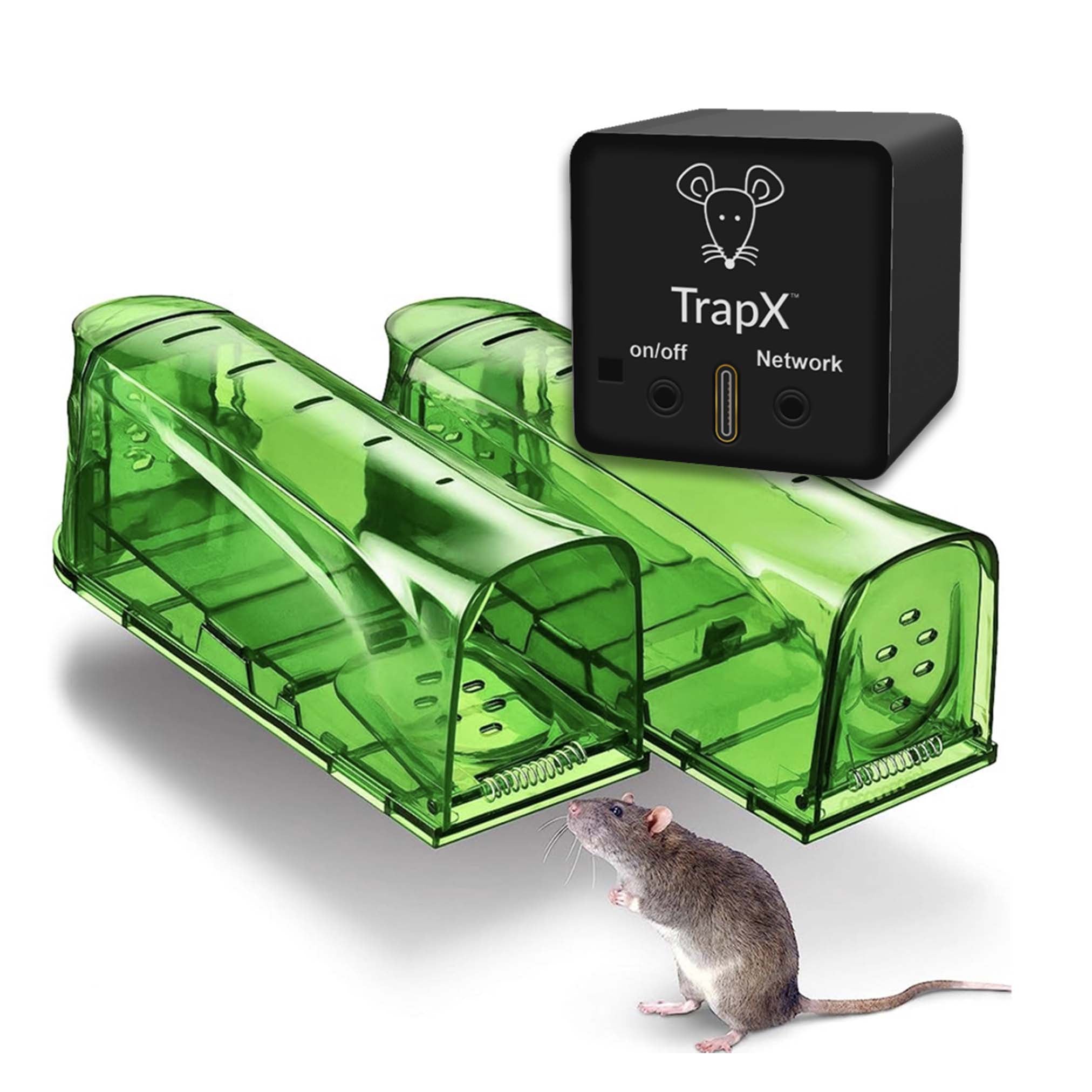Why Your Peanut Butter Mouse Trap Isn't Working: Tips and Tricks for Effective Mouse Control
Share
Are you facing problems with your mouse traps? Specifically, do you find yourself wondering why your peanut butter mouse trap isn't working? You are not alone in this dilemma. Many people have tried using peanut butter as bait, only to find that the traps remain empty, or worse yet, they remain unused. In this article, we will delve into various aspects of mouse traps, specifically peanut butter traps, and cover tips and tricks for effective mouse control.
Understanding the reasons behind a non-functional mouse trap is crucial in resolving your rodent problems. By the end of this guide, you will be equipped with actionable insights that can make your traps more effective.

Table of Contents
- 1. Understanding the Peanut Butter Mouse Trap
- 2. Common Reasons for Trap Failure
- 3. Best Practices for Using Mouse Traps
- 4. Types of Baits for Mouse Control
- 5. Alternative Mouse Control Methods
- 6. Cleaning and Maintenance Tips
- 7. FAQs
- 8. Conclusion

1. Understanding the Peanut Butter Mouse Trap
A peanut butter mouse trap is designed to attract mice with its appealing aroma. Mice have a strong sense of smell, which makes peanut butter a popular choice for bait. However, understanding how these traps work is necessary to maximize their effectiveness.
For a detailed guide on setting traps, check out our setting traps guide.
How Do Mouse Traps Work?
Mouse traps operate on a basic mechanical principle. When a mouse tries to take the bait, it triggers a mechanism that snaps shut, capturing or killing the mouse. Knowing how to set the trap properly is critical for success.

2. Common Reasons for Trap Failure
Even though peanut butter is often considered one of the best baits, there are specific reasons the traps may not work as intended. Here are some common issues:
Improper Placement
One of the key reasons a peanut butter mouse trap may not work is improper placement.
Mice often travel along walls and corners, so placing your traps nearby these pathways increases the chance of catching them.
Want to ensure proper placement? Visit our live mouse traps guide.
Insufficient Bait
Using too little bait can also result in trap failure. While peanut butter is attractive, a small amount may not be enough to lure the mouse effectively. Aim for a sufficient amount that can be easily reached by the mouse.
Old or Defective Traps
If your trap is old or damaged, it may not function correctly. Always inspect your traps before use to ensure they are in good working condition.

3. Best Practices for Using Mouse Traps
To improve the chances of successful capture, consider the following practices:
Set Multiple Traps
Setting up multiple traps increases your chances of catching mice. Place them in various locations to cover more ground.
Check Traps Regularly
Make it a habit to check your traps frequently. This way, you can either remove caught mice or reset traps that have not functioned.
For more insights, read our catch and release guide.
4. Types of Baits for Mouse Control
While peanut butter is a popular choice, other bait options can also be effective:
Cheese
Cheese is a classic bait that many people use, though it is not always the most effective.
Seeds and Nuts
Seeds and nuts can also attract mice. Sunflower seeds, for instance, offer a tasty alternative.
5. Alternative Mouse Control Methods
If mouse traps do not yield results, consider these alternatives:
Ultrasonic Repellers
These devices emit sounds that are uncomfortable for mice, keeping them at bay.
Rodenticides
While effective, rodenticides should be used with caution. Ensure they are placed out of reach of pets and children.
Read more on the dangers of rodenticides in our comprehensive guide.
Another informative guide can be found here.
6. Cleaning and Maintenance Tips
Regular cleaning and maintenance of your traps can significantly impact their effectiveness:
Keep the Area Clean
A clean environment is less inviting for pests. Remove food sources that may attract rodents to your home.
Inspect for Damage
Make sure your traps are free from dirt and debris that could hinder their functioning.
7. FAQs
Q1: Can I reuse a peanut butter mouse trap?
A: Yes, you can reuse the trap after cleaning it thoroughly.
Q2: How do I dispose of a caught mouse?
A: Use gloves to dispose of the mouse in a sealed bag.
Q3: Is peanut butter safe for pets?
A: Yes, but be cautious if your pets have allergies.
Q4: How long do mouse traps last?
A: They can last for several years if maintained properly.
Q5: What if I catch a mouse and there are more?
A: Set more traps to catch additional mice.
Q6: When is the best time to set mouse traps?
A: Evening is often the best time as mice are nocturnal.
8. Conclusion
Understanding why your peanut butter mouse trap isn't working can be the first step in successfully managing your mouse problem. By applying tips and tricks for effective mouse control, you will increase your chances of success in trapping these pests. Remember to keep your traps clean and well-maintained for optimal performance.
For more information on rodent control and prevention techniques, visit this page.
As an Amazon Associate, I earn from qualifying purchases.
